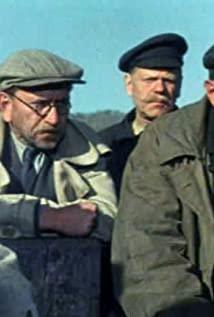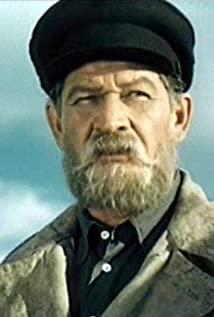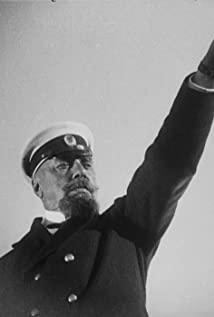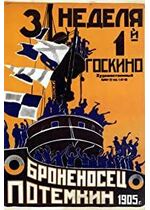-
Erwin 2022-03-27 09:01:09
TV screen editing teacher put it... didn't finish...
-
Maynard 2022-03-27 09:01:09
Although it is a silent film from 1925, it is still worth watching, and there is also the famous Odessa Ladder in...
-
Vinnie 2022-03-27 09:01:09
Eisenstein, Andre Bazin emphasized the function of the film to "tell" the story, not the function of the Freudian dream-like "present" the story. But Eisenstein's montage is interesting in that it can be read from both idealism and materialism. Although the effect of montage is similar to Freud's "dream machine" theory, Eisenstein is actually this montage style influenced by the historical dialectics of Marxism (history is constantly evolving from low to high in the constant change of...
-
Murray 2022-03-27 09:01:09
The Odessa Stairs, the representative work of the Soviet montage school, is a masterpiece of editing and photography that ordinary people cannot understand. From this point of view, in the era of 1925, it was possible to have such a big appeal and a magnificent scene, so I can only say that some directors are really too...
-
Alphonso 2022-03-27 09:01:09
What you should always care about is the existence of technology. Don't forget the existence of technology and look at each moment as a story. The thematic interpretation brought by the montage will be...
-
Brain 2022-03-27 09:01:09
A silent scream....The Odessa Staircase scene is...
-
Micheal 2022-03-27 09:01:09
Inside the film is the October Revolution, outside the film is Eisenstein's montage revolution. Colored red flags, close-ups of clenched fists, the ratio of the golden ratio; a section of the Odessa ladder has long been the content of all textbooks, 155 shots in 7 minutes, classic use of juggling montage and rational montage, time-lapse effect. The interior of the screen is flat and the information is...
-
Vaughn 2022-03-27 09:01:09
Whether it is the technical level or the meaning of the film, there is nothing to say. The use of montage makes the film go back and forth, and the Odessa staircase, just a few seconds, is infinitely shortened, and the people's sense of suffering Deepening, stroller rolling down stairs, quality...
-
Kole 2022-03-26 09:01:07
The Staircase of Odessa is indeed a masterpiece of the temple level, achieving the effect of a juggling montage for the first time. The metaphors and tones in the whole film are quite appetizing. Although other aspects are awesome in theory, they really can't substitute for personal resonance....
-
Delia 2022-03-26 09:01:07
. The film expresses sharp contradictions with the delicate structure and epic style of classical tragedy, with profound details and picture composition, as well as the film language with sharp rhythm, and poetic montage techniques such as symmetry, repetition, metaphor and symbolism. Conflict and a major and distinctive combat theme, this film marks the great progress of world film art and the progress and perfection of montage...
Battleship Potemkin Comments
-
Annette 2022-03-22 09:02:01
"Battleship Potemkin" after watching
Battleship Potemkin 1925 Watching old movies set a new record again! Movies from 92 years ago! I mainly came to watch it after watching various college movie textbooks that were deceived and deceived. However, this movie is still not to the appetite of today's people, and the viewing process is... -
Idell 2021-12-20 08:01:14
The red flag that never fades-remember everything "Battleship Potemkin" brings us
This time I want to start with a very interesting title I have seen-"When Bazin meets Eisenstein". Today, when the film is over a hundred years old, the debate on the aesthetic concepts of "long shots" and "montages" is still ongoing. It is far from the end. The dispute between the pros and cons of...
-
Citizens of Odessa: COSSACKS!
-
Militant Sailor: The people of Odessa are waiting for the liberators! Land the troops and the army will join you.
Director: Sergei M. Eisenstein
Language: None,Russian Release date: December 24, 1925









